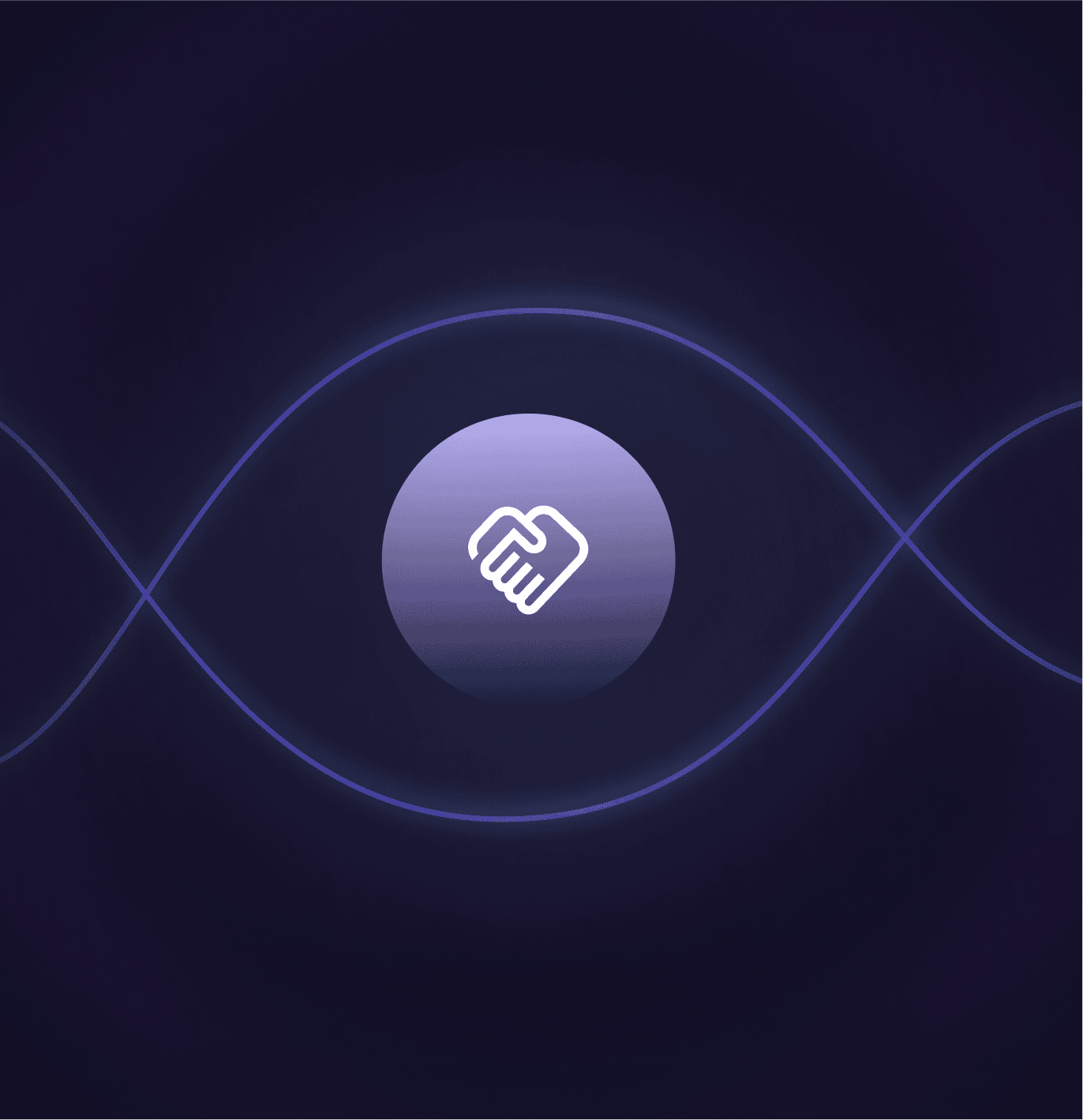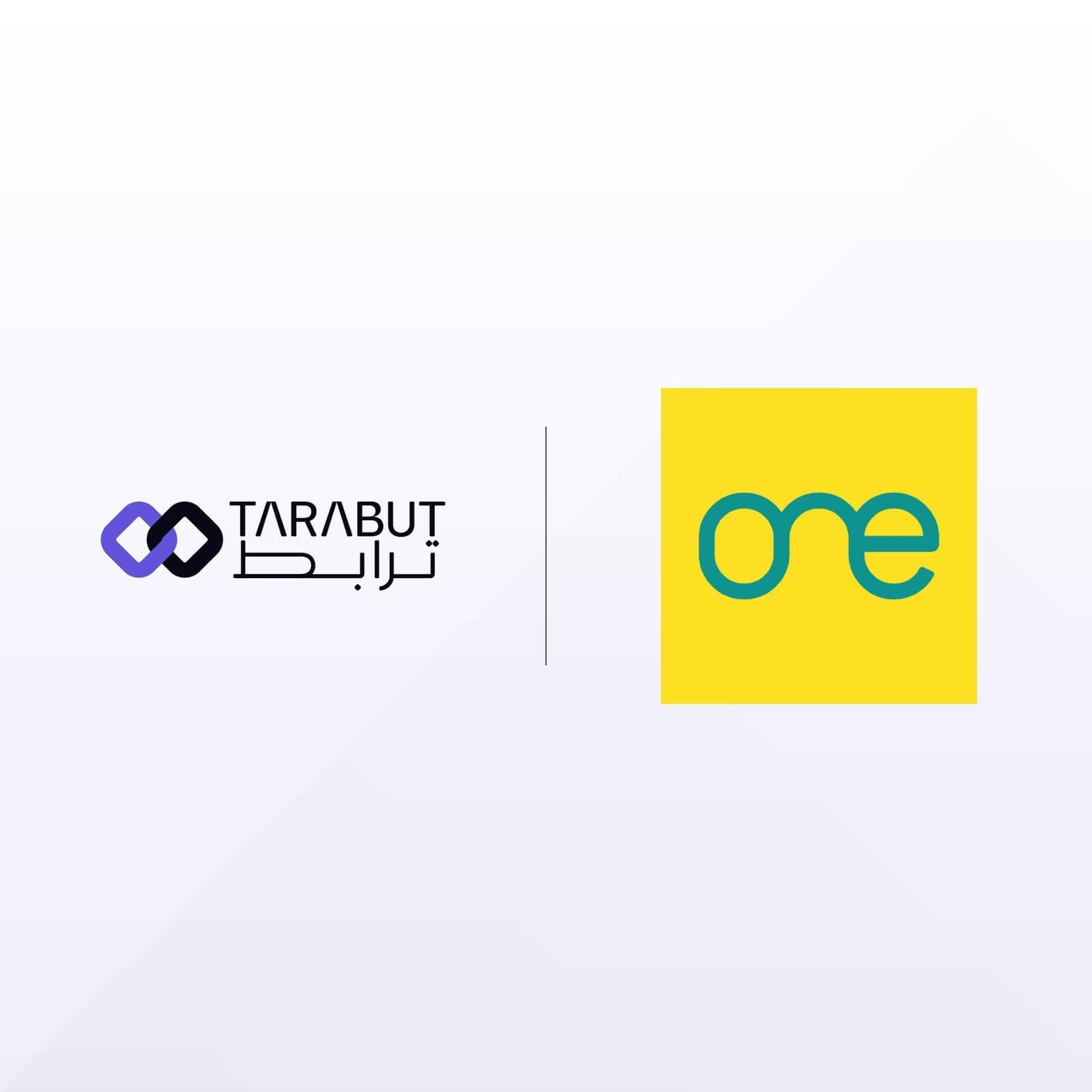22 Feb 2023 - The last few years have witnessed rapid change in the world of finance. Whether it’s inflation, interest rate spikes, or the (potential) looming threat of a global recession, one thing is unequivocally clear – both retail and enterprise finance are in the midst of big developments.
In fact, in the last two years alone, innovations like blockchain, decentralised finance, AI, and new and improved Application Programming Interfaces (APIs), just to name a few, have changed the very fabric of the sector.
Shifting the balance of power
And that’s a good thing. Because even though it sounds a lot more complex, there’s a whole new range of options and opportunities for financial organisations and end users. Run-of-the-mill finance products and services won’t cut it for much longer.
Here’s why:
The pandemic has irrevocably changed things. It has accelerated technology adoption across all industries, but especially in finance. People are hooked to the convenience of online banking, but now they want it with added security and customisation. As the digital revolution in the Middle East picks up pace, banks and fintechs in the region can no longer operate via conventional IT systems because they need to cater to better-informed and more demanding clients.
Rise of personal financial management
The call for personalisation in finance is the perfect opportunity for innovation. And seizing this opportunity are Personal Financial Management (PFM) apps. The key objectives of PFM apps are to help users:
- Manage their finances
- Create and track budgets
- Monitor investments and other financial activity
- Improve their financial well-being
To better understand how these apps create value for their users, Goodbudget and EveryDollar are among the top global PFM providers. Similar apps are gaining traction in the Middle East as well.
But what’s the benefit of PFM apps?
According to a 2021 article by McKinsey & Company, PFM apps have the potential to create real value for their users through added flexibility, insight, and personalisation. They can enable users to look at all their finances in one place – track their spending, investments, and credit scores through a single app.
However, to do this, PFM providers need access to a crucial yet elusive piece of the puzzle – data. And it’s actually banks who have it. They have a treasure trove of information, including users’ financial records, from utility bills to spending habits, at their fingertips.
What’s the catch?
The problem, however, is that PFM providers are not banks or primary financial services institutions. They don’t possess users’ financial activity data. And to get that access, they have to first ask the user for their bank login details upon signup and directly extract relevant information through a process known as screen scraping. Conversely, the user has to upload bank account statements from all their banks and feed data to their PFM app manually – a cumbersome process that is not worth the hassle for many.
Now, understandably, people are hesitant to give anybody but their bank unrestricted access to sensitive banking information with no safeguards in place. And that’s where PFM fintechs come to a standstill.
Therefore, the gap all players in the finance ecosystem are trying to address is how to create a comprehensive and personalised product that empowers the customer and ensures maximum data security.
The answer: Open Banking
In layman’s terms, open banking reimagines how customer financial data is handled, shared, and used. It’s how fintechs like PFM apps directly connect with banks to extract the data they need. However, they get access to the data with the users’ explicit consent for every piece of information transferred.
In European and American financial markets, open banking is already a growing reality. It uses Application Programming Interfaces (APIs) as a software bridge to establish a direct line of communication between bank databases and third-party providers like PFM apps to enable information sharing. However, unlike their conventional counterparts, open banking APIs require explicit customer consent for multiple parties to ‘talk’ to each other and share sensitive financial and identity information. This makes them a far more secure method of communication between different parties.
Open banking APIs are also highly encrypted, ensuring that only the owner (the user) and the intended recipient (e.g., the PFM app) can access the data. As an added bonus, it also helps to know that open banking is highly regulated, especially in key MENA countries, including Bahrain, Saudi Arabia, and very soon in the UAE.
Open banking personalising finance
Open banking is ushering in a new age in banking and finance, and PFM providers are perfectly positioned to harness its power to reinvent themselves. That’s because open banking’s use cases in personalised finance are huge. But none is perhaps more revolutionary than account aggregation.
Take, for example, the average banking customer. One research indicates that typically, they have an equivalent of 5.3 accounts across different financial institutions. To provide a holistic snapshot of their financial activity, a PFM app will have to access all relevant data from all of their bank accounts separately. Now, without open banking, this becomes a complex and unrealistic endeavour, involving manual data entry by users and dealing with multiple institutions separately.
Conversely, with open banking, PFM providers can aggregate all user bank accounts on their app via APIs and offer customised, enriched financial insights, actionable recommendations, and informed advice.
Open banking can also ease, expedite, and economise the process of in-app payments. With all accounts linked, customers can pay their bills, subscriptions, etc., from a single app, transfer money, and even split expenses between other users. The convenience of managing all finances and possible transactions from one place is a true game-changer.
But what seals the argument for the use of open banking in personalised finance is the guarantee of data security. The use of open banking to provide PFM services safeguards customer data, protecting against misuse by third-party apps.
Empowering the customer
Ultimately, open banking-enabled PFM empowers the everyday banking customer with data-driven insights, control, and convenience.
PFM apps can leverage key financial information from across users’ accounts to provide a complete overview of spending and saving habits, actionable budgeting advice, and enriched predictions and forecasts. The customer benefits from data-backed investment guidance and in some cases, can also track the carbon footprint of their spending!
With all money-management needs being met through a single app, users can stay on top of their finances and reach their financial goals faster and easier. And let’s not forget open banking also grants the customer full control over their financial data. For the first time, the customer gets to decide who can access their information and to what degree.
Fuelling success for fintechs
Everyone knows that happy customers drive success. With open banking, fintechs can deliver comprehensive PFM solutions that drive engagement and improve customer financial well-being. Open banking APIs are also the key to saving time and money. They can eliminate mundane manual data entry and upload procedures and streamline data sharing. PFM apps can, therefore, onboard customers within minutes and provide real-time analytics as well as prompt activity notifications and financial advice.
Once they’ve integrated with an open banking service, such as our TG Connect API solution, fintechs can enjoy higher customer engagement, increased app downloads, higher retention, and cross-selling opportunities. In other words, they can fuel growth and innovation.
Enabling banks to remain competitive
There’s also a third stakeholder that stands to benefit from open banking in personalised services. Banks can leverage open banking to expand their fintech network and collaborations and provide customers with more offerings. They can also connect in a similar fashion with other financial institutions to monitor market developments and leverage financial institutions’ data to improve their own fixed-income and equity products. The opportunities are endless.
It all starts with connection
The journey to open banking is a seamless connection away with TG Connect. Banks, fintechs, and businesses can access secure and real-time customer financial data to power the ultimate PFM customer experience.
Through account aggregation, customers can access multiple financial accounts into a single, user-friendly platform, transforming the way customers can manage their finances.
Empower your customers with a unique, streamlined experience; learn more about Tarabut today.

Relevant releases

Amazon Web Services and Tarabut Join ONE App to Enhance the Future of Digital Financial Solutions in Bahrain
ONE App, Bahrain’s first comprehensive digital financial marketplace, has announced the addition of Amazon Web Services and Tarabut to its list of key partners contributing to the development and enhancement of the user experience.
